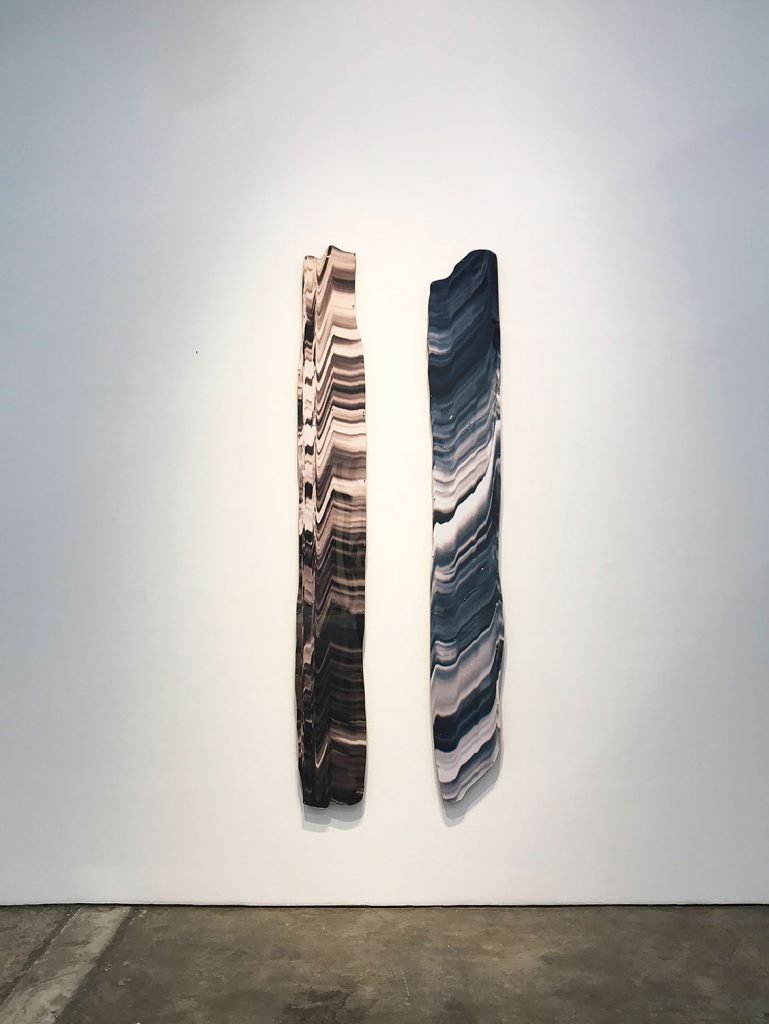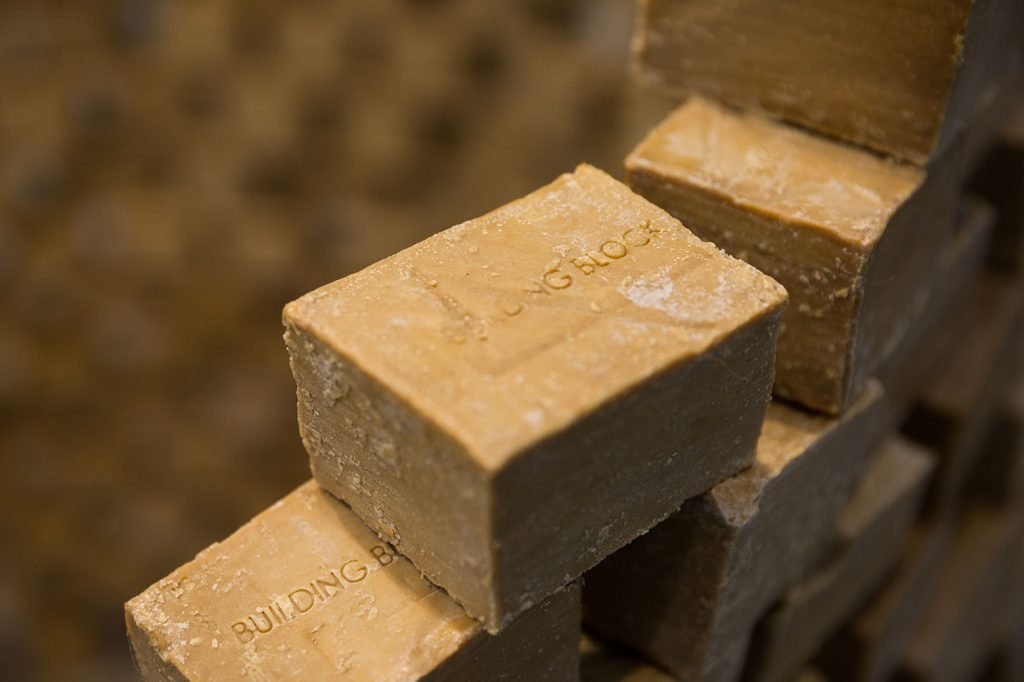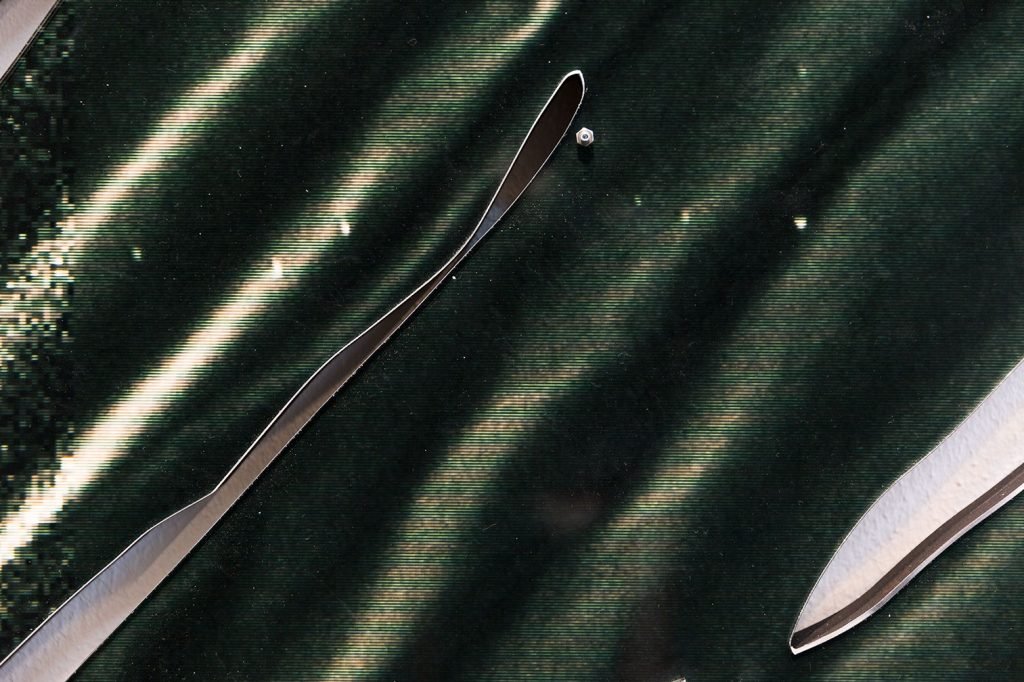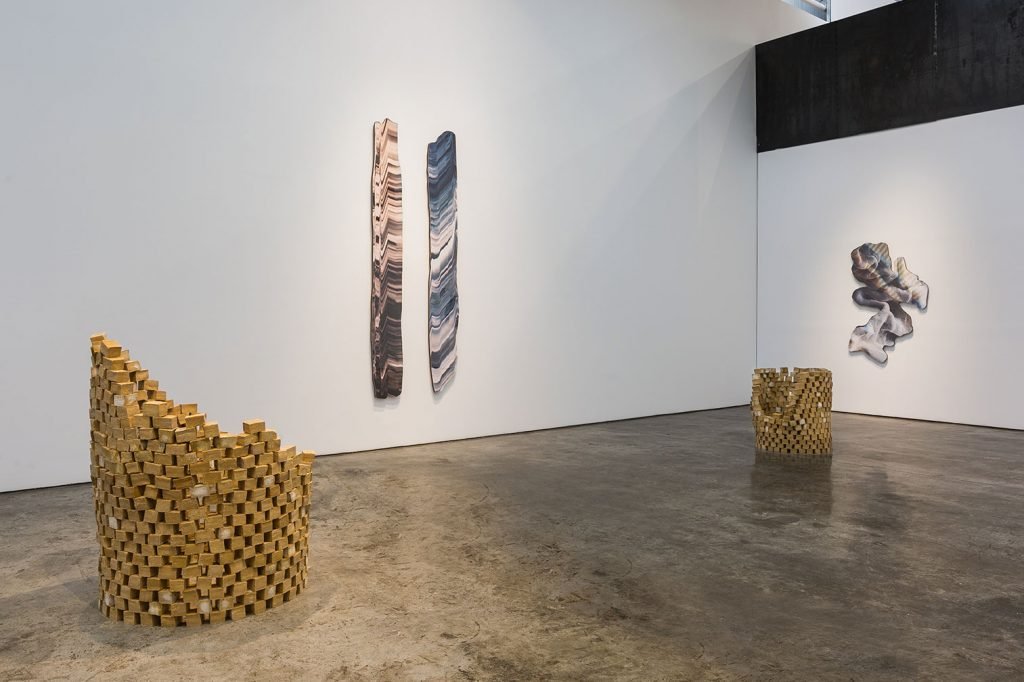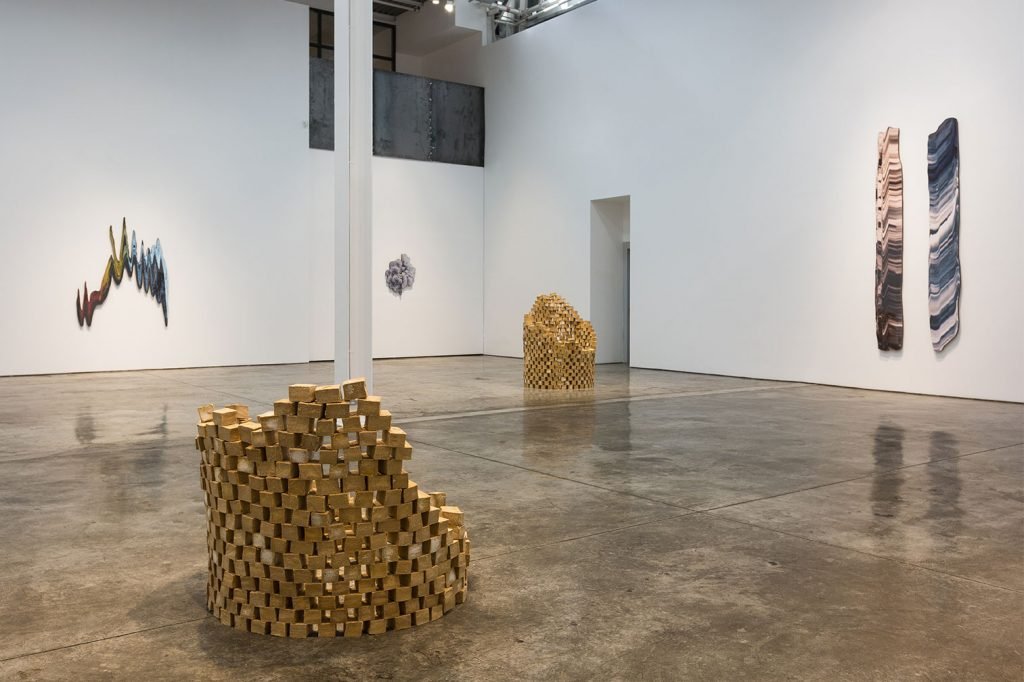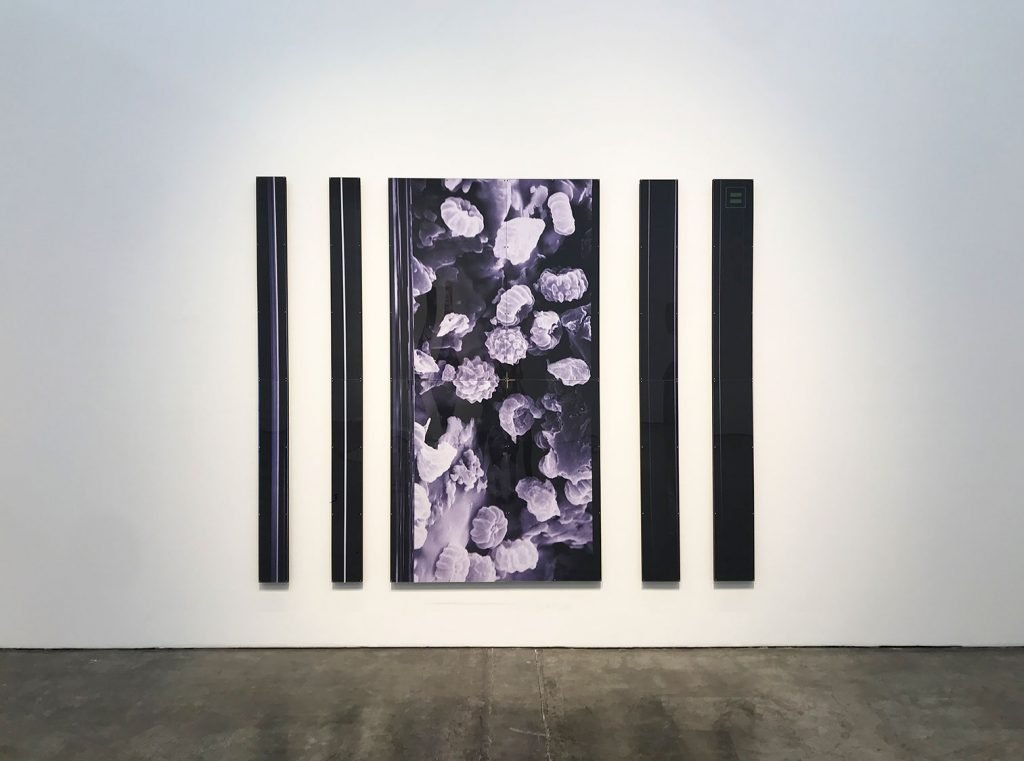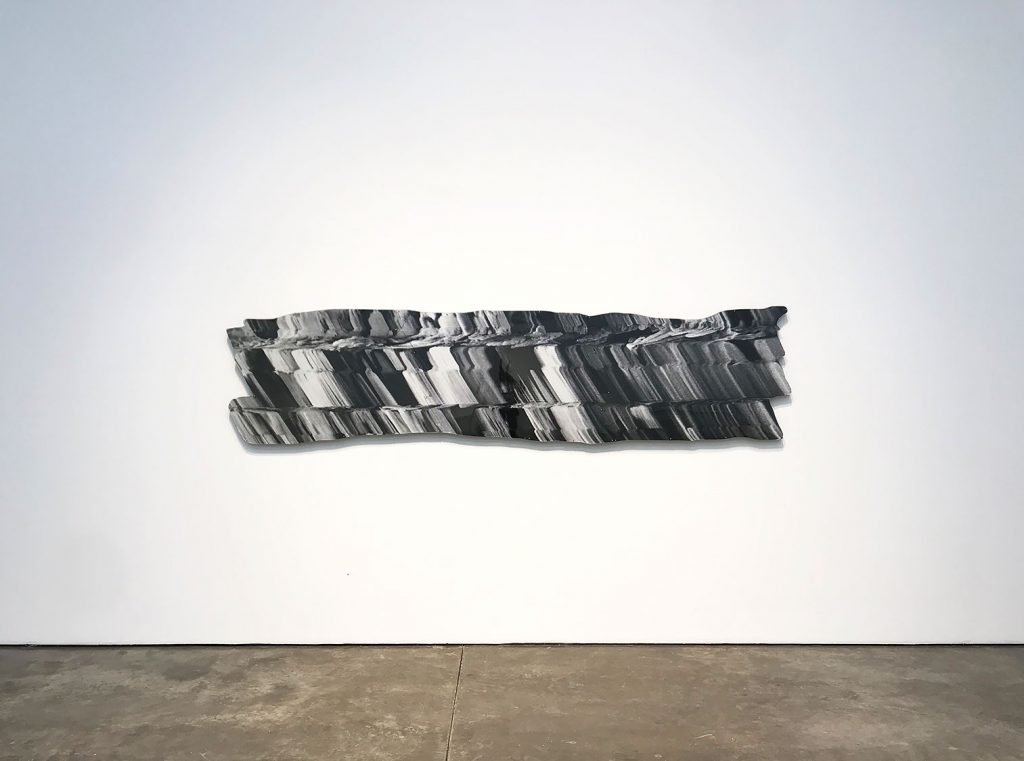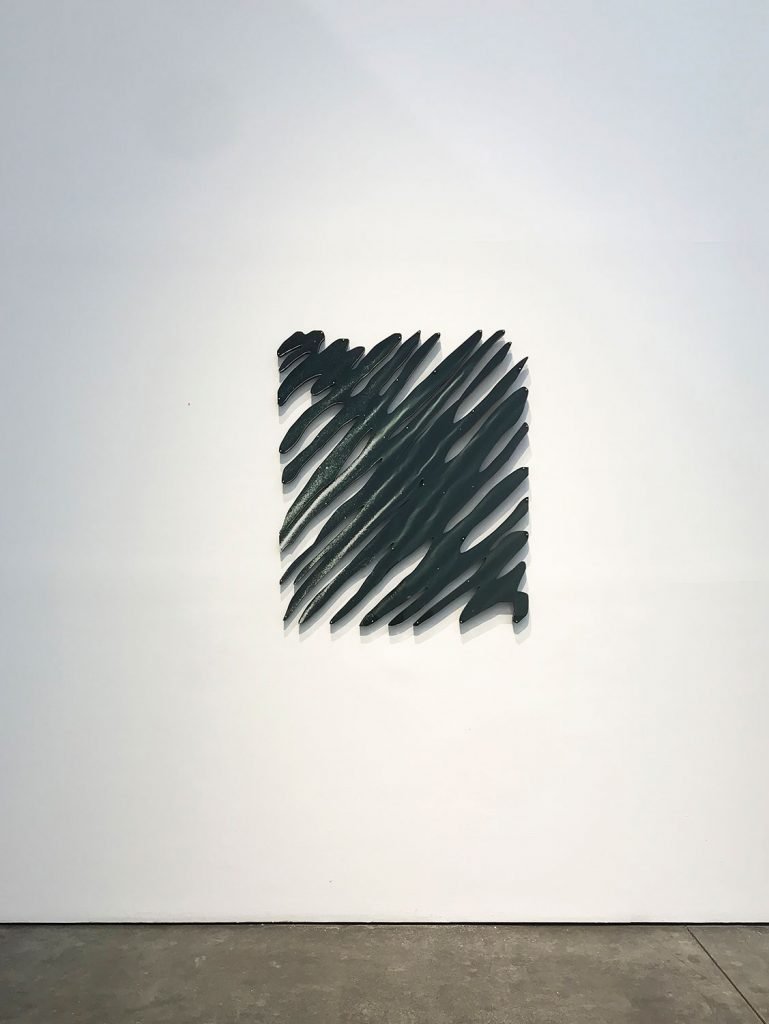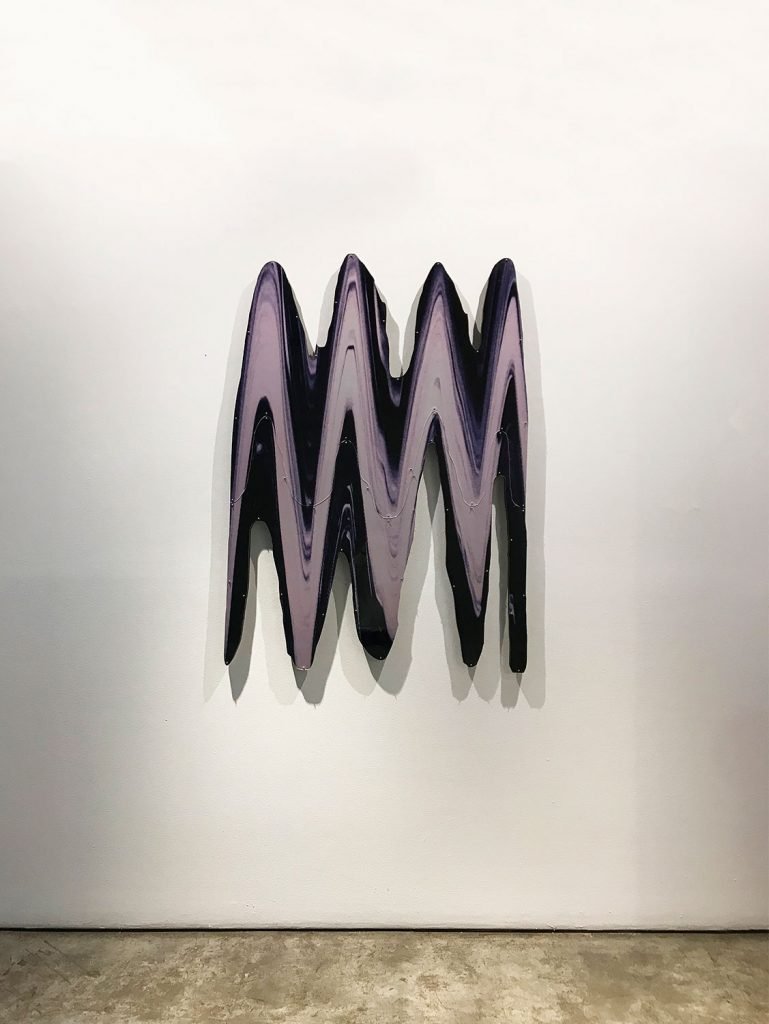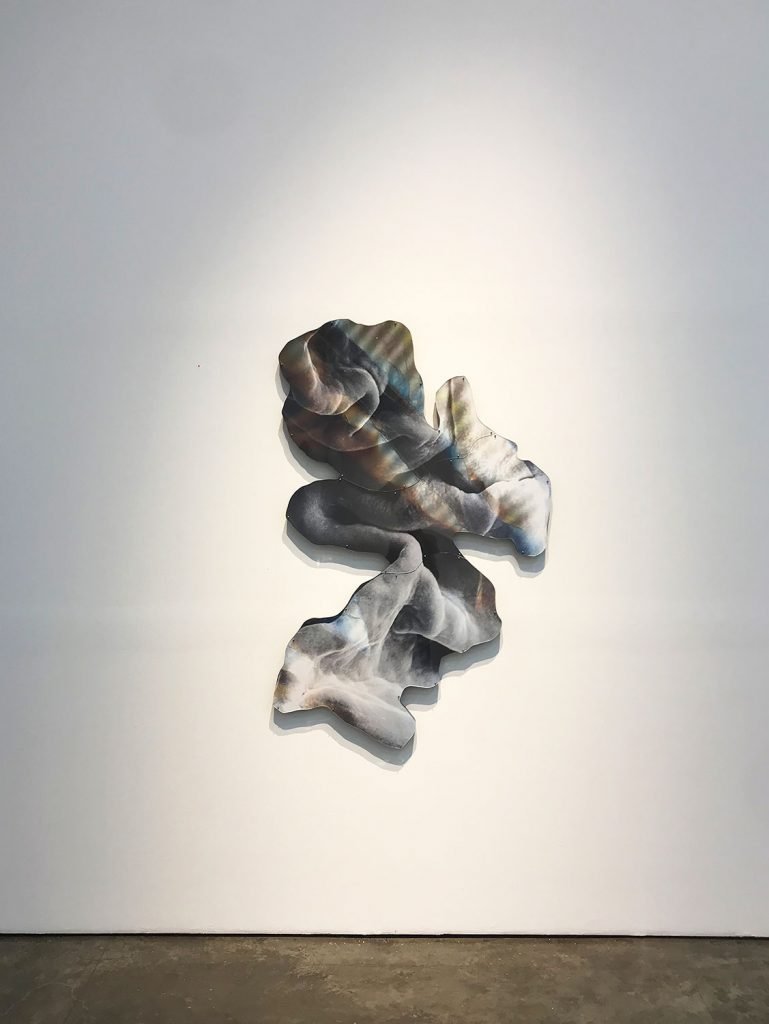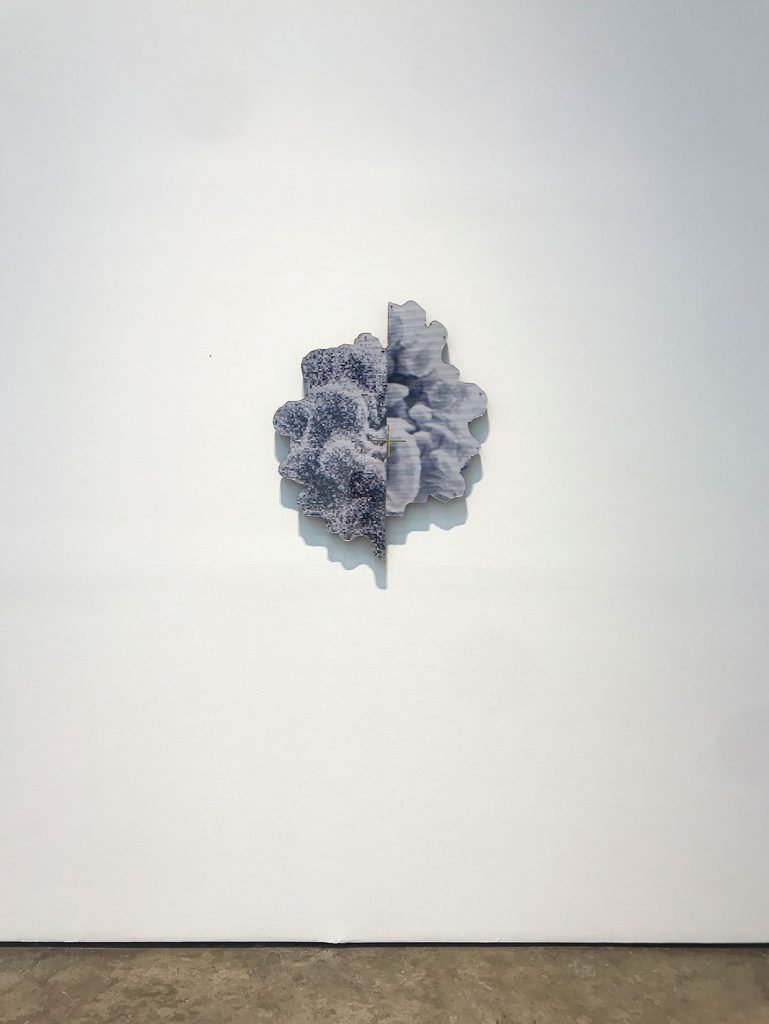Giangiacomo Cirla: What roles play photography in your work?
Sara Naim: I used to call myself a visual artist as an aim to not be limited to photography, but recently I’ve really embraced being a photographer because it’s really the crux of my practice. It materializes form that I can then conceptually explore.
GC: In your work you investigate themes related to shape and boundaries, how does this research come from your origins and why are you attracted to this kind of research?
GC: Through a Scanning Electron Microscope you make visible aspects that otherwise would be invisible, what does it show us?
SN: That the micro and macro are one of the same thing. For example, viewers often confuse dead skin cells for grand terrain landscapes. I think that this can widen one’s scope of perception, to also accept that there is a lot more that we don’t see than what we do see.
GC: The de-contextualization and transformation given by the enlargement of certain components, as in the “Forms” series in which Aleppo soap is transformed from micro to macro becoming a brick structure, offers us a further reading of your work, not only an attention to the not-visible aspects but also to the creation of new narratives starting from elements familiar to you…
GC: Another interesting aspect of your work is the use of irregular shapes of wood and plexiglass as supports for your images. Where did this choice come from?
SN: It started in my Reaction series, where I was interested in the arbitrary but intentional qualities of chemical reactions which created the series imagery. So, I further used that to arrange the shapes with a sort of ‘random exactness’. With Building Blocks, I continued the dialogue regarding boundaries but brought it to scale. I wanted to collapse boundaries by reducing the tension between the works interiority and exteriority, having the shape mimic the form within the image.
GC: This allows you to get out of a two-dimensional aspect linked to the image…
GC: In your work, we can see a direct link to the abstract modernism especially to the work of Jean Arp and maybe Wassily Kandinsky. What are your inspirations inside and outside the art field?
SN: Jean Arp is my hero, so yes I am especially influenced by his work. I’m inspired by movement, particularly dance, and really interested in meditation as a way to reach a higher state. Studying Philosophy is my next venture!
GC: How do you think your work will evolve?
SN: It will become more sculptural. I’m keen to make some floor work from the same materials. Other than that I want to see where it takes me rather than logically define a path.
GC: What are your next plans?
Sara Naim (b. 1987, London) is a Syrian visual artist who grew up between Dubai and London.
She received her MFA in Fine Art Media at The Slade School of Fine Art, London (2014) and completed her Bachelors in Photography from London College of Communication (2010).
Through visualizing micro-formations, Sara’s practice dissects how proportion shapes our perception and notion of boundary. She explores the physicality of these ‘boundaries’ and its form, with questions of: If borders do not exist on a cellular scale, can we define ‘border’ on a macro scale? Can shape be considered an object in itself?
Her solo exhibitions include Reaction, Parafin Gallery, London (2018); When Heartstrings Collapse, The Third Line, Dubai (2016); and Heartstrings, Hayward Gallery, London (2015). Group exhibitions include Secular Icons in an Age of Moral Uncertainty, Parafin Gallery, London (2018); The Third Image, Galerie Binome (with Biennale des Photographes du Monde Arabe Contemporain, 2017); Sans Titre Vol. 1 and 2, Paris (2016); Hindsight, V1Gallery, Copenhagen (2014); and Au Lait! Quand l’Art Déborde, Lab’Bel Gallery, Jura, France (2012).
Sara lives and works in Paris.
